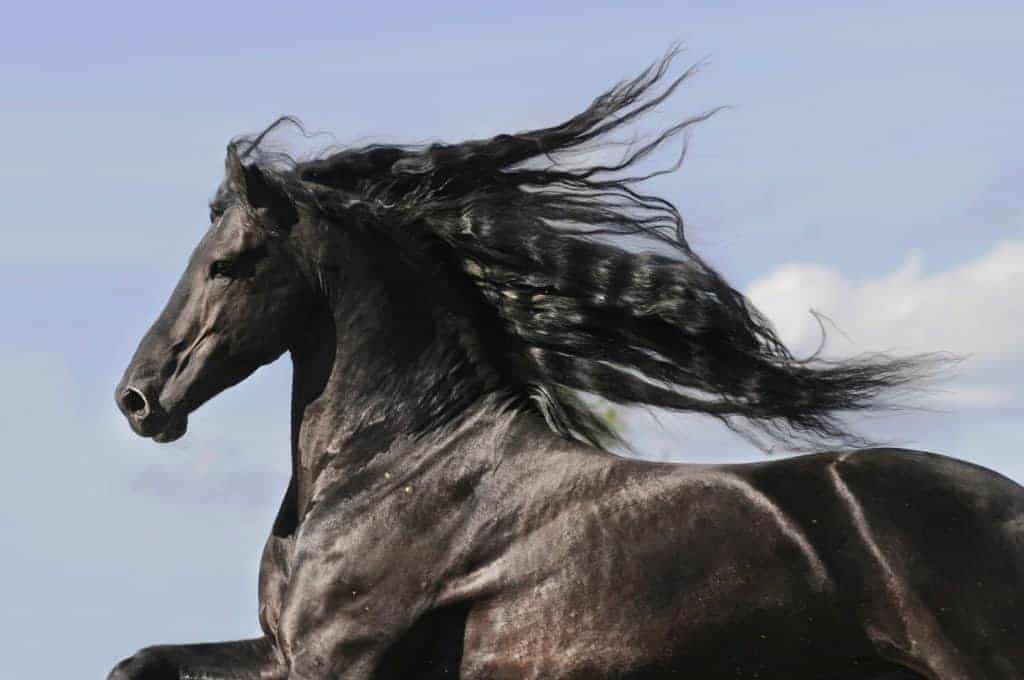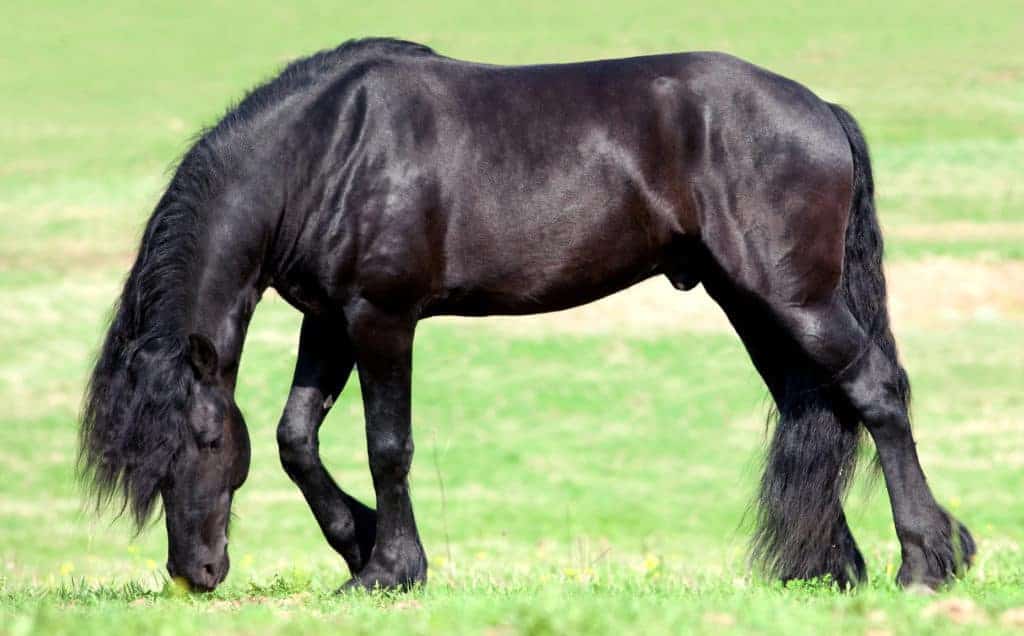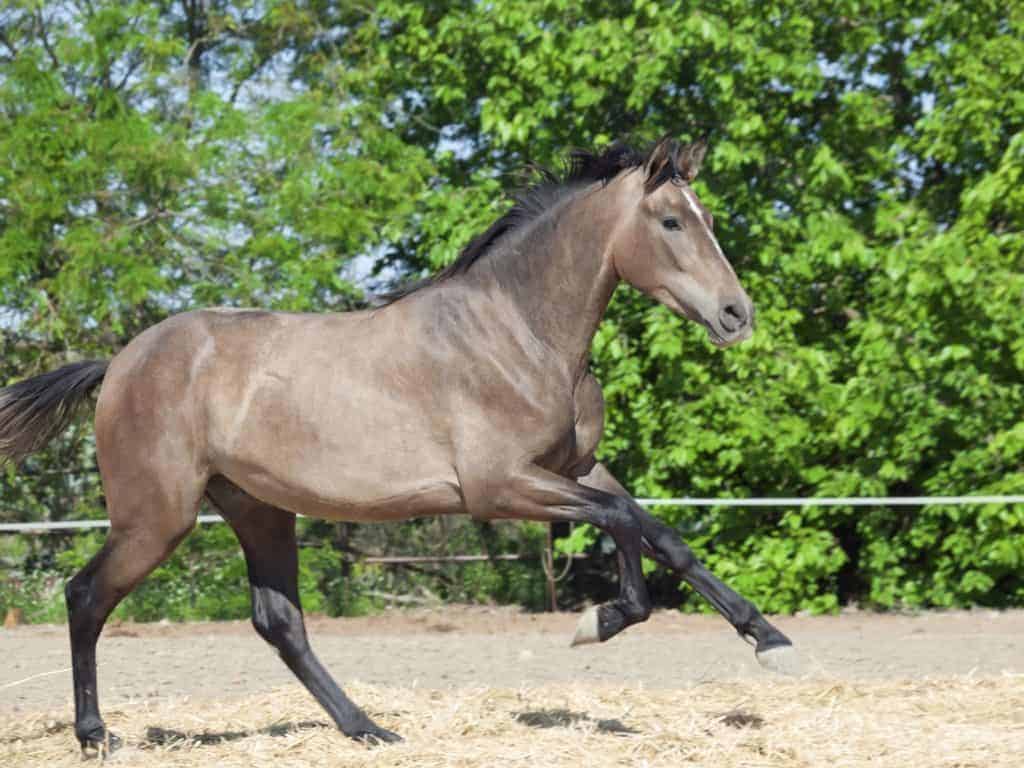
Assessing Proximal Metatarsal Lameness in Sport Horses
Injuries to the top of the rear cannon bone are some of the most difficult to diagnose.

Injuries to the top of the rear cannon bone are some of the most difficult to diagnose.

Veterinarians and horse owners should remain vigilant for these two relatively new horse health challenges.

Veterinarians have tools to help them make educated judgments about lamenesses, their causes, and prognoses.

A combination of mesenchymal stem cells and gene therapy reduced osteoarthritis progression in one model.

Learn about gastric ulcers and how to treat them and decrease their likelihood of causing your horse distress.

One of the most common sites of catastrophic injuries in Thoroughbred racehorses is the fetlock.

Researchers are still working to fully understand what impact aging has on the equine immune system.

Understanding the horse’s digestion process can help you better manage factors that could cause colic.

Vets caring for Friesians should interpret a few tests differently than they would in the average horse.

Researchers are striving to better understand the balance between tolerable and excessive bone damage.
This rare, chronic wasting disease is characterized by development of granulomas in numerous organs.

The equine intestinal tract can be divided into large sections based on its overall function.

Covering a variety of horse health topics, the following articles received the most views in 2013.

It’s time to take a step back and review the specialized structure and function of the equine body.

Heart murmurs in horses are often difficult for veterinarians to hear and identify. In this presentation by equine internal medicine specialist Dr. Michelle Barton, learn about equine heart murmurs and their possible associated risks.
My horses eat dirt, even with mineral and salt blocks available to them. Why do they do this?
Stay on top of the most recent Horse Health news with
"*" indicates required fields